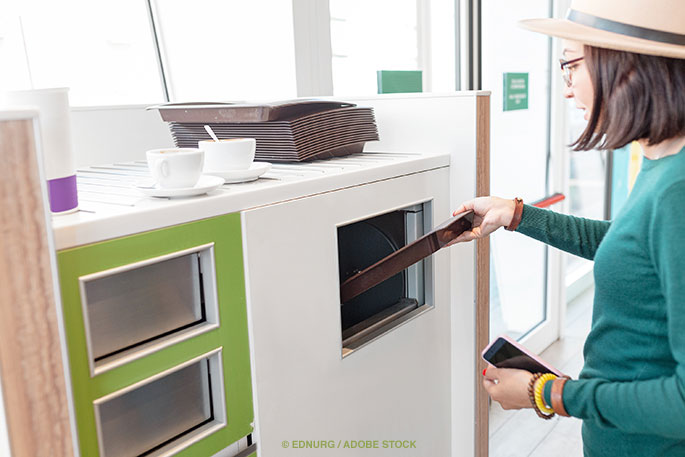
Food recycling is a trend that’s fast becoming best practice. On September 16, 2015, the United States Department of Agriculture (USDA) and the Environmental Protection Agency (EPA) announced the goal of reducing food loss and waste by half by the year 2030. Whether your restaurant has a program in place or you’re thinking of implementing one, there are ways to optimize your organic matter recycling.
Educate and involve your staff
Workplace atmosphere can contribute to employees being inspired instead of tired. Knowing that the restaurant they work for is using innovative methods of recycling can make them proud. Speak to the whole team about your goals. Ask them to notice the waste stream, to see what foods are being thrown out half-eaten. They’ll be directly involved in sorting the recycling, so make sure they’re all on board with the new practices. It’s crucial to success to have your staff engaged.
Do a waste audit
It’s important to find out what and how much leftover food is being thrown away. This will also allow you to adjust your menu to reduce or eliminate menu items that are getting wasted. You can hire a company for this or do it with your own crew.
Consistent recycling bin coloring and signage
Be sure your bins are consistent with the color coding used in most recycling programs: green for organic food waste, blue for bottles and cans, and black for landfill. Signs with pictures of the items to be disposed of in the receptacle are more effective than labels alone.
Large enough recycling bins
If organic recycling bins are overflowing, food will go in the landfill trash.
Compostable plates, cups, and cutlery
These can make it much easier for staff and patrons to put all leftover food in the correct bin.
Disposing of organic waste
According to the National Restaurant Association, 13 Percent of US restaurants compost their food scraps. Composting is fantastic, especially if you have an on-site garden or kitchen herb garden. If composting is impractical for you, The EPA has information on using organic waste to feed animals or for industrial purposes on their Food Recovery Hierarchy website. Local farmers’ markets will sometimes accept compostable waste.
According to a National Restaurant Association survey, nearly two-thirds of patrons want to eat at restaurants with recycling programs in place. It’s not uncommon for people to associate restaurants with recycling programs with fresh, tasty, farm-to-table cuisine. So upping your recycling capability is the obvious choice, for you, your restaurant, and your planet.











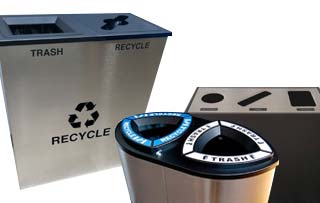









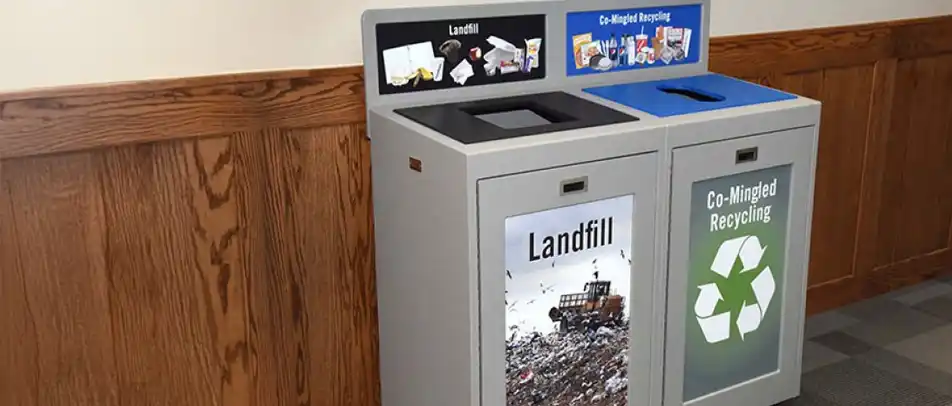










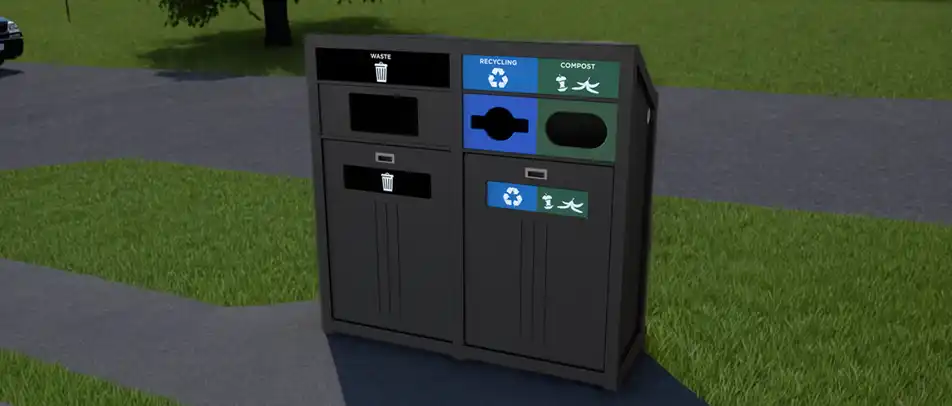












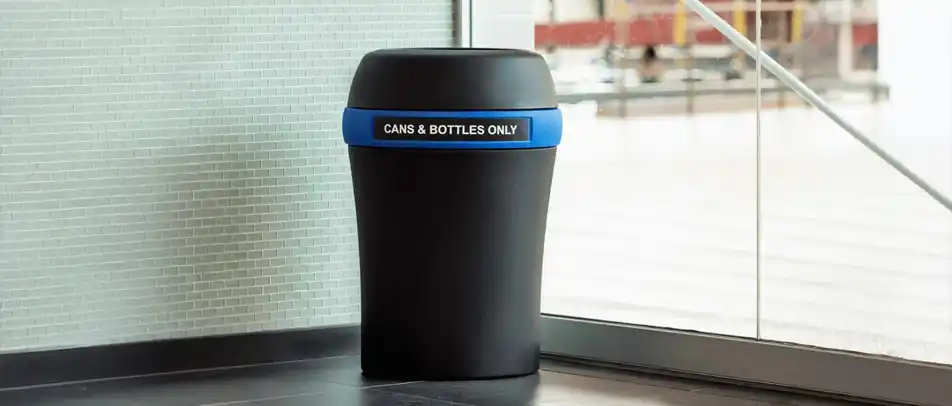









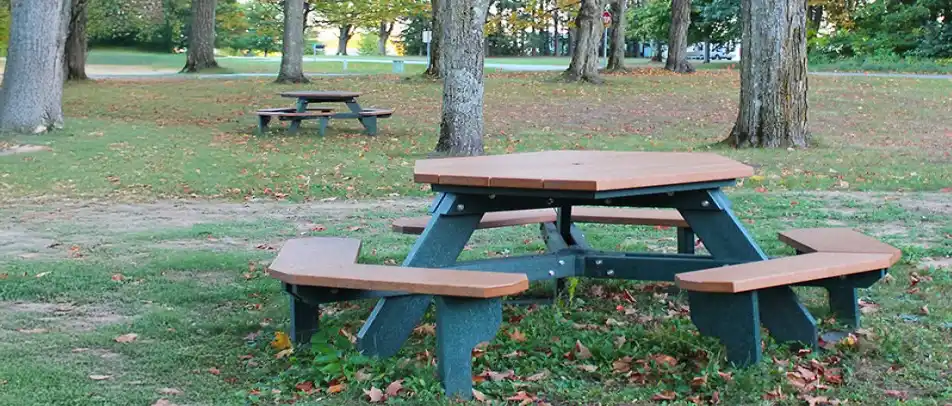
































 Three Ways to Engage Teams and Clients to Maximize Your Recycling Program Engagement
Three Ways to Engage Teams and Clients to Maximize Your Recycling Program Engagement  How to Integrate Accessibility Into Your Sustainability Planning
How to Integrate Accessibility Into Your Sustainability Planning  Why Park Benches Can Promote Workplace Well-Being
Why Park Benches Can Promote Workplace Well-Being 
